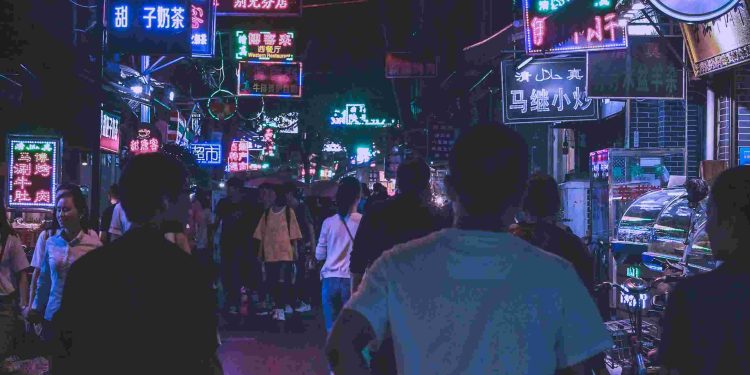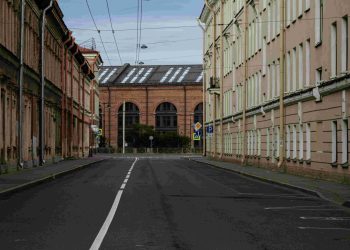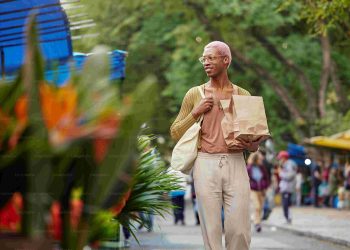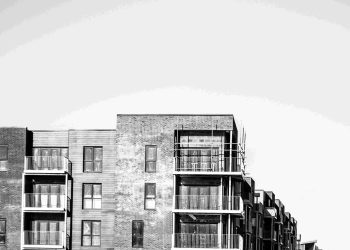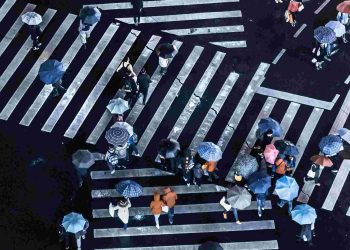Urban Streets Nonconformity Trends
They say the streets are where society’s biggest questions are asked and answered—and nowhere is this more evident than in urban spaces today. While once the urban grid was a symbol of uniformity, predictability, and control, modern trends reveal a growing resistance to these traditional structures. These streets don’t just carry footsteps and vehicles; they are canvases of rebellion, arenas of cultural fusion, and stages where the conventional meets the radical.
The Nonconformist’s Playground
I remember my first encounter with a neighborhood that redefined how people interacted with their streets. It wasn’t in the rigidly zoned suburbs, nor in the business districts dominated by gray suits and coffee chains. It was in an overlooked pocket of the city, where street art danced across battered walls, performance artists turned sidewalks into their stage, and independent vendors replaced standard storefronts. It was a chaotic harmony—a place where rules bent and creativity blossomed.
Such spaces challenge the legacy of urban planning, which historically prioritized efficiency over experience. Urban theorist Jane Jacobs once observed, “Cities are about emotions and relationships, not roadways and regulations.” Yet, why have we allowed conformity in urban spaces to dictate how we live and interact for so long? Nonconformity on the streets isn’t just an aesthetic shift; it’s a fundamental restructuring of human priorities.
Beyond Mere Aesthetics: The Psychology of Urban Nonconformity
From a psychological perspective, urban spaces act as mirrors for societal values. The sprawling, uniform suburbs reflect the post-war industrial focus on security and sameness. Conversely, today’s nonconformist street designs align with the desires of a generation that values authenticity, individuality, and the freedom to experiment. Neurological studies have shown that diverse and unpredictable environments stimulate the brain’s reward systems, fostering creativity and problem-solving abilities. In short, a vibrant cityscape doesn’t just look good—it inspires action.
The Economic and Technological Undercurrents
From a commercial lens, these changes also align with the demands of the gig economy and remote workforce. Streets lined with coworking cafes and pop-up markets reflect an urban population untethered from traditional 9-to-5 office life, embracing the fluidity that streetscapes now offer. Additionally, technology plays a critical role, amplifying these trends. Apps like TikTok and Instagram glamorize street aesthetics, making the street itself a character in our personal narratives.
But this nonconformity is as much about “what’s next” as it is about “what’s here.” As autonomous vehicles become reality, how will the reduction of parked cars transform our cities? Could we reimagine parking lots as urban gardens or libraries? By resisting the status quo, cities are poised to evolve faster than bureaucracies can keep up.
Lessons from Philosophy and History
Philosopher Friedrich Nietzsche once said that “those who were seen dancing were thought to be insane by those who could not hear the music.” This resonates deeply in today’s urban nonconformist movement. Critics see the chaos; innovators see the possibilities. Historically, human progress has often emerged from breaking away from tradition. The Renaissance was born from questioning medieval norms, and urban nonconformity could similarly spark a cultural renaissance in how we interact, work, and live.
Action Steps: How to Embrace the Urban Evolution
If you’re inspired by these movements, here are practical ways to integrate this mindset whether you’re a resident, a city planner, or a visitor:
-
Support Local:
Prioritize local vendors, street performers, and independent initiatives over corporate chains. -
Get Involved:
Participate in city planning forums or volunteer for community art projects to influence how your streets evolve. -
Reject Uniformity:
Advocate for zoning laws and policies that encourage diverse uses of urban spaces. -
Learn Continuously:
Educate yourself about urban sociology, architecture, and history to better understand the forces at play. -
Challenge Norms:
Don’t hesitate to propose bold ideas, whether in your workplace or your personal neighborhood.
The Road Ahead (Literally and Figuratively)
The streets of the future will follow no preordained blueprint. They will thrive on adaptability, diversity, and human resilience. Whether we’re talking about green initiatives like vertical gardens or experimental projects like shared pedestrian zones, the key is to maintain a balance between chaos and functionality. This movement urges us to confront a profound question: Are streets just pathways, or can they become portals to a better society?
In my walk through that seemingly chaotic neighborhood years ago, I didn’t just admire its vibrancy—I felt a deep sense of hope. It was a place unafraid to question, to adapt, and to redefine. Today, that small pocket of urban nonconformity no longer feels like an exception. It feels like a glimpse of what’s to come.

